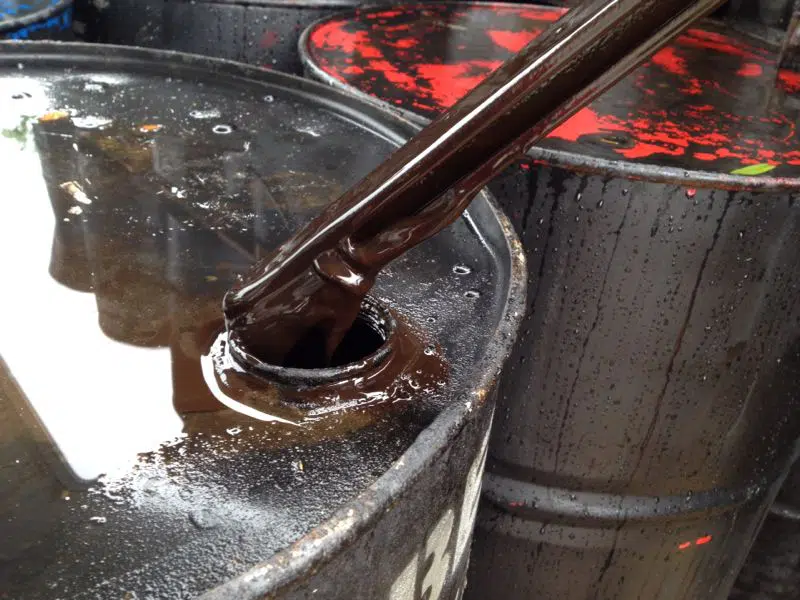5/5 - (1 vote)

What is Bitumen emulsion?
Bitumen emulsion is a suspension of small bitumen molecules in water, which is assisted by an emulsifying agent (such as soap and salt plus acid). The emulsifying agent or emulsifier assists by imparting an electrical charge to the surface of the bitumen molecules so that they do not separate.Description of bitumen emulsion
This invention relates to bitumen; emulsions and a process for preparing them.Bitumen emulsions are well known materials useful in road-making and for other purposes. Their attractions are ease of handling, because of their lower viscosities than the starting bitumen, and their ability to be applied at lower temperatures in spraying etc techniques. There are no environmental problems because in use when the emulsion breaks and the water present evaporates to leave a film of bitumen where required.How produce emulsified asphalt
There are two main methods currently used in the preparation of bitumen emulsions. The first employs a colloid mill and the second a centrifugal pump. In the process employing a colloid mill, bitumen, water and emulsifier are emulsified at a high shear rate. The process is continuous, but to obtain an emulsion in which the mean diameter particle size of the bitumen is at an acceptable level, then for any given pump there is a limit on throughput in order that a sufficiently high shear rate is obtained. Furthermore, the process is conducted at atmospheric pressure and in order for the emulsion product to emerge at a temperature of less than 100° C. then it is found in practice that bitumen cannot be fed into the emulsifier at more than 140° C. Higher temperatures for the bitumen feed require lower temperatures for the water feed. This causes skin-hardening of the bitumen on contact of the two feeds and emulsification becomes very difficult. This temperature factor places a limitation on the types of bitumen which may be employed in emulsified asphalt manufacture by this route. A recent development, employing pressures slightly greater than atmospheric, involves cooling the product so that it can emerge from the mixer at below 100° C. This entails extra equipment and is difficult to control. The second known method employs a centrifugal pump which, in practice, cannot normally be operated under pressure. Again, this process has the drawbacks of the above-referred to colloid mill process and, furthermore, is essentially only a batch process. The water phase has to be continually recycled whilst the hot bitumen is added little by little. The resultant emulsion product has a fairly wide particle size distribution and this leads to unevenness in the surface obtainable in use of the product.Our approvals
